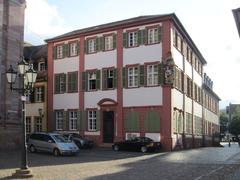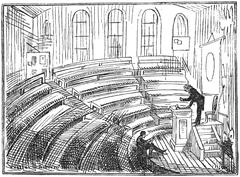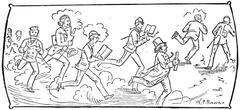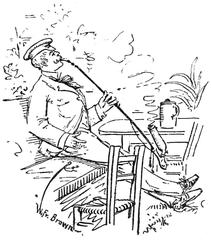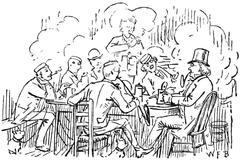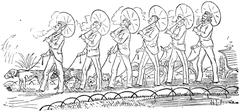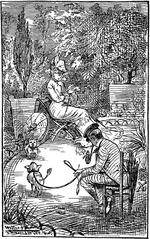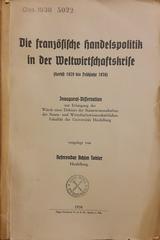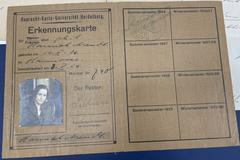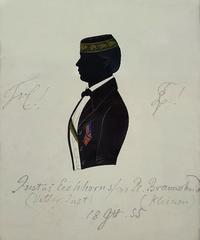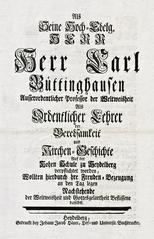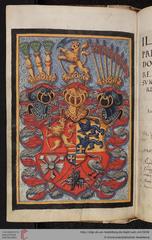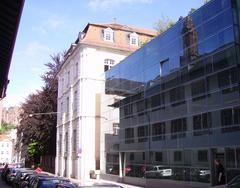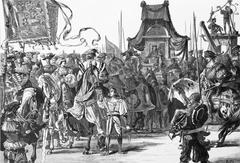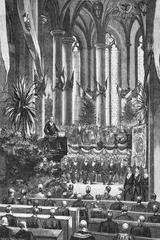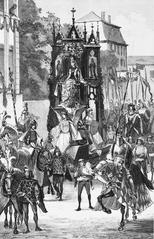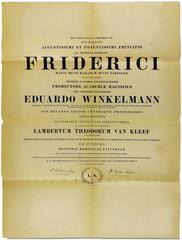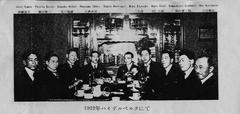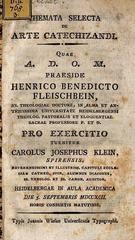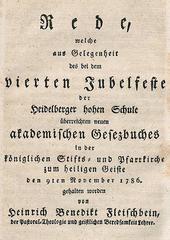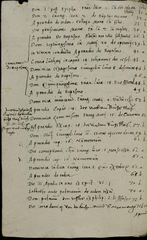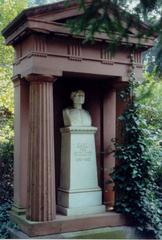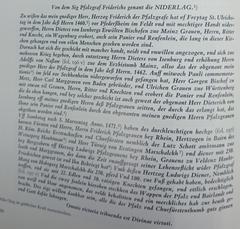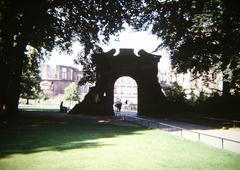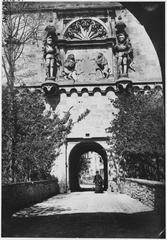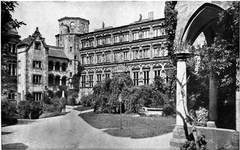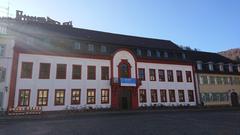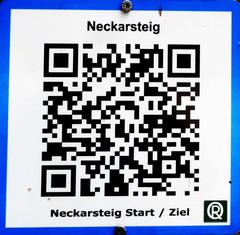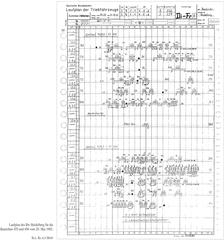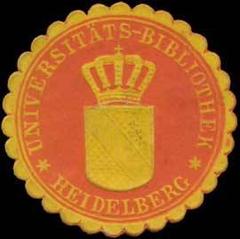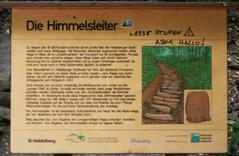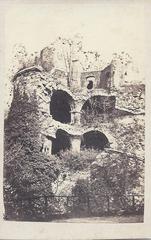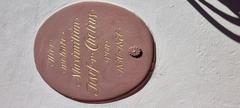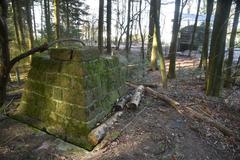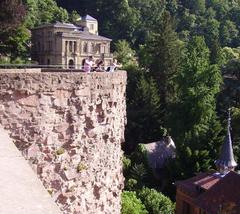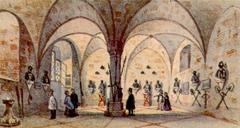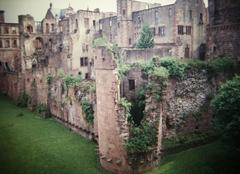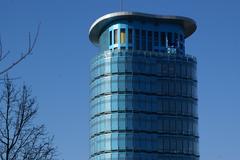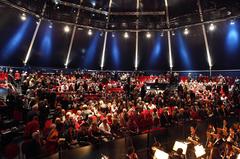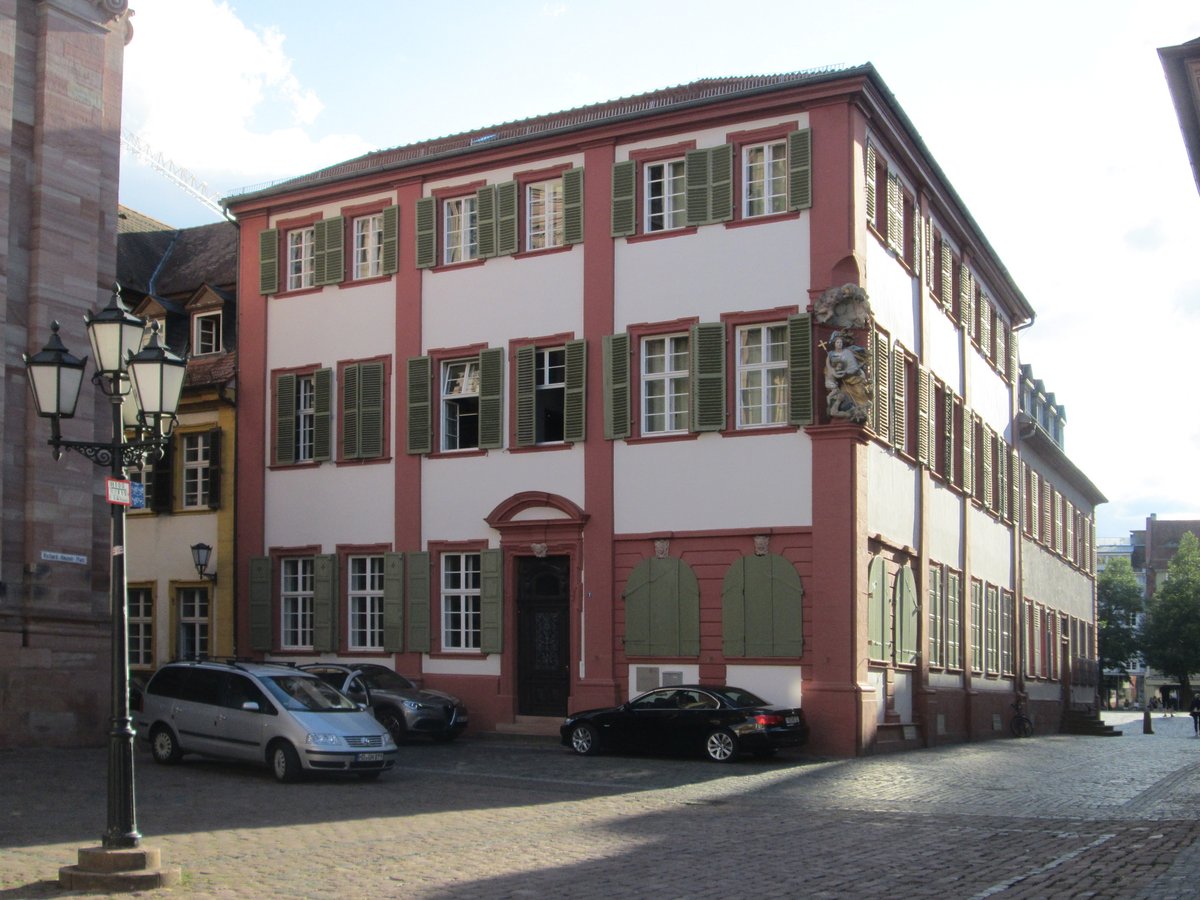
Heidelberg University Visiting Hours, Tickets, and Historical Sites in Heidelberg
Date: 14/06/2025
Introduction
Heidelberg University (Ruprecht-Karls-Universität Heidelberg), founded in 1386, is Germany’s oldest university and a cornerstone of academic, cultural, and architectural heritage. Situated in the heart of Heidelberg, Baden-Württemberg, the university embodies over six centuries of scholarly tradition and innovation. This comprehensive visitor’s guide delivers essential information on Heidelberg University’s history, visiting hours, ticketing, accessibility, and travel tips, as well as highlights the university’s architectural gems and nearby attractions. Whether you’re a history enthusiast, student, or cultural explorer, this article will help you plan an enriching visit to one of Europe’s most significant academic landmarks.
For further details and official updates, consult the Heidelberg University History, Majestic Germany, and Penguin and Pia.
Historical Overview
Founding and Early Development (1386–16th Century)
Heidelberg University was established in 1386 by Elector Palatine Ruprecht I, during the Great Schism, with papal approval (Heidelberg University History). Initially, it comprised faculties of theology, law, medicine, and philosophy, and quickly became a center for Renaissance humanism.
Reformation and Religious Influence
The university played a pivotal role in the Reformation, notably when Martin Luther defended his Ninety-Five Theses here in 1518 (Heidelberg University History). It later became a Calvinist stronghold, with the influential Heidelberg Catechism drafted in 1563.
Wars, Destruction, and Rebirth
The Thirty Years’ War and the Nine Years’ War caused significant destruction, including damage to Heidelberg Castle (Majestic Germany). The university’s revival in the 19th century under Grand Duke Karl Friedrich of Baden marked its emergence as a modern academic powerhouse.
Enlightenment and Academic Flourishing
The 18th and 19th centuries witnessed Heidelberg’s rise as a center for Romanticism and scientific advancement. The university attracted luminaries like Max Weber and Robert Bunsen, fostering a vibrant intellectual atmosphere (Veronika’s Adventure).
20th Century: Survival and Modernization
Heidelberg University was largely spared from WWII destruction (Majestic Germany), preserving much of its historic architecture. After the war, it expanded its academic reach internationally and embraced new research disciplines (Life in Germany).
Visiting Heidelberg University: Practical Information
Visiting Hours
- Old University Building & Museum: Tuesday–Sunday, 10:00 AM–5:00 PM; closed Mondays. For seasonal variations, refer to the official university website.
- Studentenkarzer (Student Prison): Hours vary, typically included with guided tours.
- Botanical Gardens: Open daily from 9:00 AM to sunset; free entry.
Ticket Information
- Old University Museum: Admission ~€5 for adults, with discounts for students and seniors.
- Guided Tours: Available in English and German; typically 60 minutes. Book online or at the visitor center.
- Studentenkarzer: Included in many city or university tours.
Accessibility
Main buildings—including the Old University and library—offer wheelchair access. Botanical gardens have paved, accessible paths. For specific needs, contact visitor services in advance.
Guided Tours and Special Events
Regular tours highlight university history, architecture, and student traditions. Public lectures, concerts, and festivals are scheduled throughout the year—check the events calendar.
How to Get There
- By Foot: Centrally located in the Altstadt (Old Town), within walking distance of Heidelberg’s main station.
- Public Transport: Buses and trams connect the city center and campus.
- Cycling: Well-developed bike paths and rentals are available.
Architectural and Cultural Highlights
- Old University Building: Baroque architecture, Great Hall (Aula), and university museum (Touropia).
- University Library: Neo-baroque façade, renowned for rare manuscripts (Adventures with Nienie).
- Studentenkarzer: Student Prison with historic graffiti, offering insight into past student life (Penguin and Pia).
- Botanical Gardens: Founded in 1593, among Germany’s oldest, featuring 14,000+ plant species.
Historic University Buildings and Squares
Universitätsplatz (University Square)
The lively academic and civic core, surrounded by historic university buildings and bustling with student life (Explorial).
Neue Universität (New University)
Built in the 1930s, the New University’s modernist style contrasts with the Baroque Old University, reflecting the blend of tradition and progress (Viel Unterwegs).
Unique University Experiences
Studentenkarzer (Student Prison)
A quirky museum open daily, once used to confine misbehaving students. Its graffiti and art provide a fascinating look into student traditions (Penguin and Pia).
University Library
Home to the famed Codex Manesse and numerous rare works, and a blend of Neo-Renaissance and Art Nouveau design (Penguin and Pia).
Scenic and Inspirational Spots
- Philosophenweg (Philosopher’s Walk): Offers panoramic city and castle views; historically favored by thinkers and poets (My Global Viewpoint).
- Neckarwiese (Neckar Meadow): Riverside park ideal for relaxation, picnics, and observing student life (Germany Footsteps).
Cultural and Academic Events
- University Ceremonies & Public Lectures: Many are open to the public, including the annual Dies Academicus (Heidelberg University).
- Heidelberger Herbst & Christmas Market: The university district hosts vibrant annual festivals (Explorial; Viel Unterwegs).
Museums and Academic Collections
- University Museum: Chronicles the university’s evolution, featuring scientific instruments, alumni portraits, and historical documents (Heidelberg University).
- Botanical Garden: Open year-round, offers free or low-cost entry and guided tours (Heidelberg University).
Architectural Highlights
- Peterskirche (St. Peter’s Church): The oldest church in Heidelberg, closely associated with the university, and offers city views from its tower (Viel Unterwegs).
- Historic Lecture Halls: The Alte Aula and others host special events and have welcomed renowned scholars (Heidelberg University).
Student Life and International Community
Heidelberg University’s multicultural student body enriches campus life. The International Relations Office organizes orientation and cultural programs (Expatrio; Heidelberg University). Historic cafés and taverns in the Old Town remain lively meeting spots (My Global Viewpoint).
Notable Alumni and Academic Contributions
Heidelberg University counts Nobel laureates, philosophers, and scientific pioneers among its alumni, including Max Weber and Robert Bunsen (Veronika’s Adventure). Its academic contributions continue to shape global scholarship.
Practical Visitor Information
Getting There
- By Train: Heidelberg Hauptbahnhof connects to major cities. Local trams and buses lead to the Altstadt (Deutsche Bahn).
- By Car: Accessible via A5/A6 autobahns; parking garages available near campus (Heidelberg University – Directions).
- On Foot/Bike: The Altstadt is highly walkable and bike-friendly.
Visiting Hours and Tickets
- Studentenkarzer: Open daily, small admission fee.
- University Museum: Tues–Sun; check official website for current hours.
- Botanical Garden: Open year-round; free or low-cost entry.
- Guided Tours: Reserve in advance (Heidelberg University Excursions).
Accessibility
Most sites are accessible, though some historic buildings may have limited access. Visitor services provide support for special needs (Heidelberg University).
FAQs
Q: What are Heidelberg University’s visiting hours?
A: Old University Museum: Tues–Sun, 10:00–17:00; Botanical gardens: daily from 9:00 AM to sunset. Other sites may vary.
Q: Is there an entrance fee?
A: Yes, €5 for the Old University Museum; discounts available. Botanical gardens are free.
Q: Are guided tours available?
A: Yes, in English and German. Booking ahead is advised.
Q: Is the campus wheelchair accessible?
A: Most main buildings and gardens are accessible. For details, contact visitor services.
Q: Can I visit the Studentenkarzer?
A: Yes, with separate admission or as part of a tour.
Visitor Tips
- Best Times: Spring (April–June) and autumn (September–October) offer pleasant weather and fewer crowds.
- What to Bring: Comfortable shoes, camera, and a guidebook or app.
- Combine Visits: Explore nearby Heidelberg Castle, Philosophenweg, and the Old Bridge (Germany Footsteps).
Accommodation and Services
Stay in the Altstadt for easy access to university sites. Options range from hostels to boutique hotels (Collegedunia – Accommodation). Student cafeterias, cafés, and bookshops abound near Universitätsplatz.
Visual and Interactive Resources
Access virtual tours, images, and maps via the Heidelberg University visitor page and Heidelberg tourism website.
Summary and Call to Action
Heidelberg University is a living monument to centuries of academic distinction and cultural vibrancy. Its historic buildings, lively student community, and central location among Heidelberg’s landmarks create an immersive visitor experience. Plan your visit during spring or autumn, join a guided tour, and explore the university’s rich heritage.
For the most up-to-date information, download the Audiala app, follow Heidelberg University on social media, and consult official resources and travel platforms for event schedules and travel tips.
Official Links and Further Reading
- Heidelberg University History
- Majestic Germany – Complete Guide
- Penguin and Pia – Things to Do in Heidelberg
- Heidelberg University – Locations and How to Get There
- Explorial – Heidelberg Universitätsplatz
- Viel Unterwegs – Heidelberg Attractions
- Germany Footsteps – Things to Do in Heidelberg
- My Global Viewpoint – Heidelberg
- Collegedunia – Accommodation
- Heidelberg University – Excursions
- Traveling Season – Heidelberg Guide
